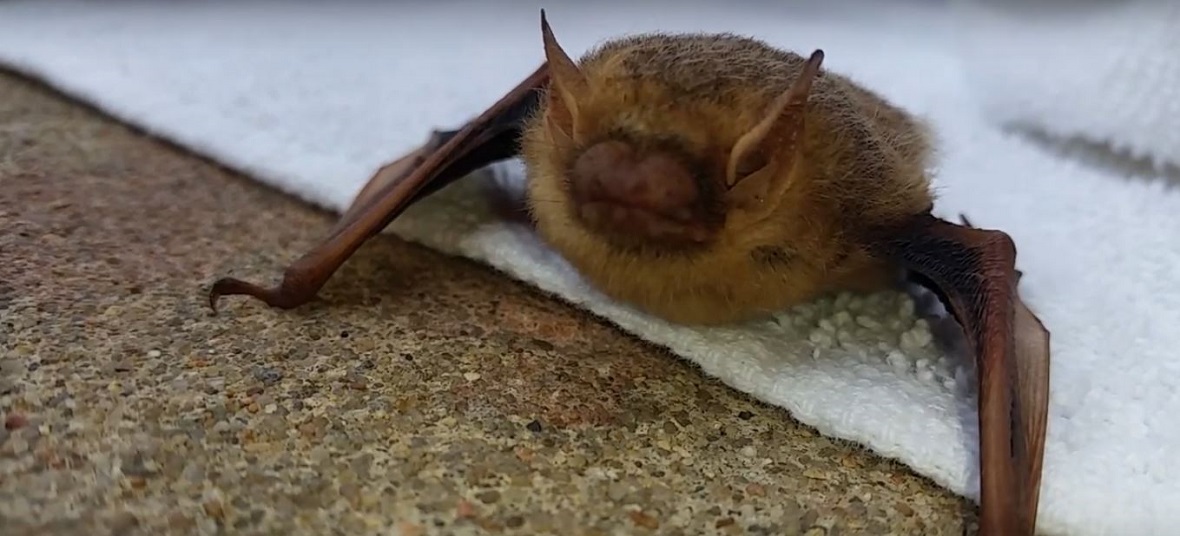- info@animalatticpest.com
- Call - we service 300 locations
Bats on the ground: do bats walk or even touch the ground?
We know that bats fly because we see them flying almost every day, especially during the summer, and even more so during dusk and dawn - the times that these creatures are the most active. These creatures have bodies that are very much adapted to a life in the air, even hanging upside down when they sleep. The shape of their bodies are aerodynamic, and the bones that make them up are incredibly light. Lastly, they have wings that are also very lightweight and, again, aerodynamic. They are built to spend the majority of their time flying around.

As well as flying, bats can climb quite well. This can make it look like the bat is walking, but we promise you it is actually climbing. They have wings that contain thumb-like digits, and on these is a sharp claw which enables them to grip on to a textured surface. Using this grip and claw they can make their way up tree barks and other things with ease. As long as it has a textured surface - something they can grip on to - and not a shiny or smooth surface, the bat can climb it.
Almost all of the bat species on the planet, and there are known to be somewhere in the region of a thousand of them, are built solely for flying, and not walking. There are just two known species of bat that have been shown to have the ability to walk on the ground, and these are the burrowing bat and also the vampire bat. You may also know the burrowing bat as the lesser short-tailed bat, and you will more likely find it in New Zealand; the North island to be exact. The vampire bat is commonly found in South and Central America. You are NOT likely to see a bat walking on the ground, and if you do see one that is seemingly walking along the ground, there's a good chance it is injured and dragging itself around instead.
Vampire bats have much thicker legs than the average bat, and definitely more so than the bats you'd find in your attic or flying around in your back yard. These thicker limbs give the vampire bat an advantage - it means the creature can not just walk along the ground, but also sprint. Not quite the speed at which a human could sprint, of course, but still doing much better than most others of its kind.
The burrowing bat, or lesser short-tailed bat, has toes with claws, enabling them to have a grip and therefore propel forwards, and there are the same claws on the joint of the elbows too, giving them an extra tool. The burrowing bat is able to hunt for food along the ground as well as in the air, giving it an extra advantage.
Generally, the bats you'll find across America are not going to be the right kind of species to allow them to walk along the ground. If you see a bat on the ground, there is a good chance it will be an injured bat. Proceed with caution if you are going to attempt to resolve the problem. An injured bat could bite you, and there are disease threats to concern yourself with, not only with the body of the bat (dead or alive), but also with the urine and feces that it leaves behind also.
